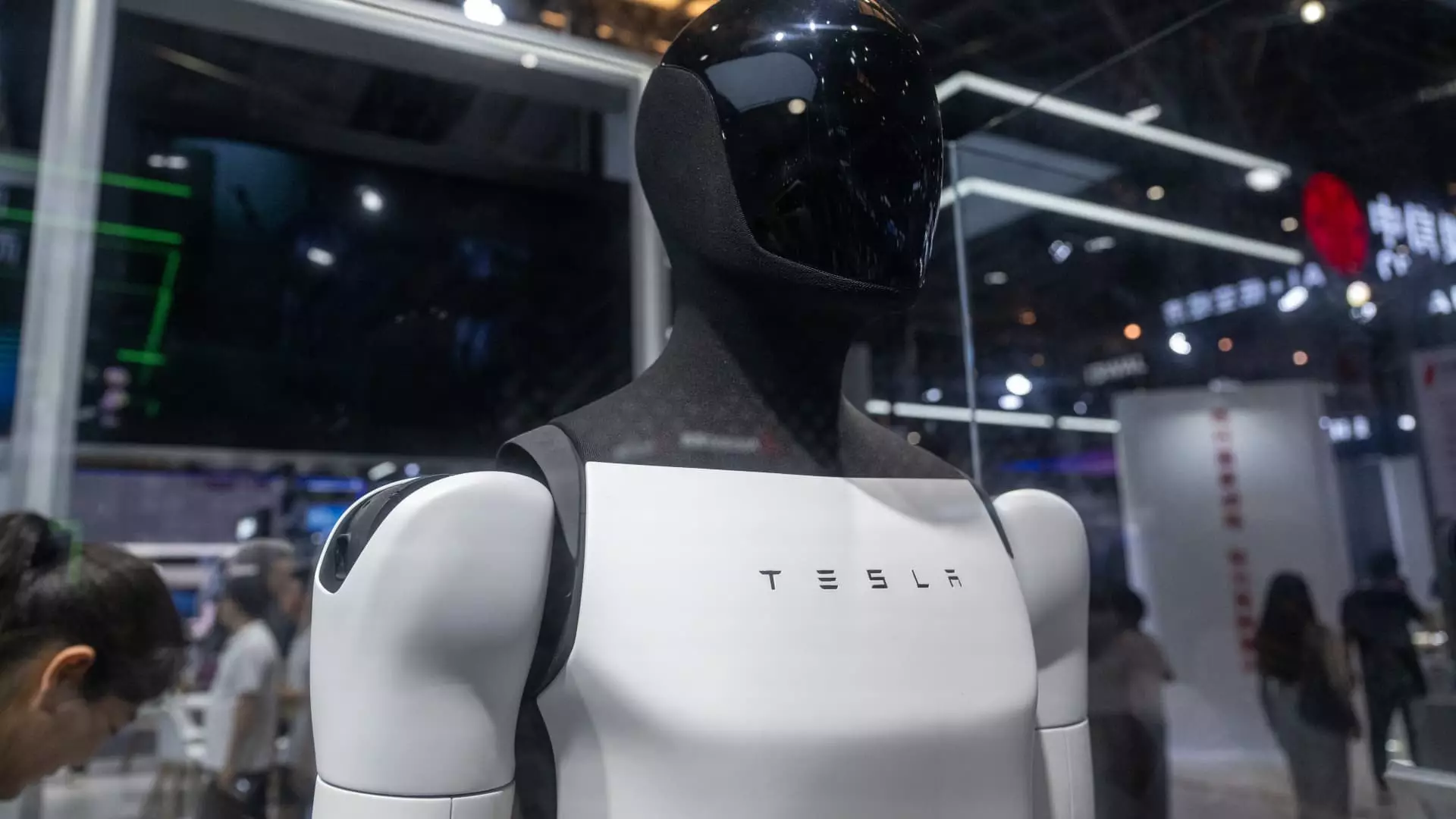The landscape of tech innovation is fraught with challenges, and at the forefront of these obstacles is Tesla’s ambitious venture into humanoid robotics. Elon Musk, the company’s iconic CEO, recently illuminated the pressures Tesla faces regarding China’s newly imposed export restrictions on rare earth magnets—an essential component for its Optimus humanoid robots. By asserting that trade regulations directly impact production, Musk has laid bare an urgent issue that resonates through the corridors of corporate strategy and international relations.
China’s trade decisions are not only protective measures; they serve as strategic maneuvering in the broader geopolitical chess game that has characterized U.S.-China relations in recent years. The recent export controls on seven critical rare earth elements appear to be retaliation for the ongoing tariff wars initiated under previous U.S. administrations. For Tesla, which is reliant on a steady supply of these elements, the stakes have never been higher. Musk’s acknowledgment of the strains that these restrictions place on Tesla’s production lines not only highlights the vulnerabilities of modern supply chains but also the intricate dance between technology and global diplomacy.
The Quest for Approvals: Striking a Deal with Beijing
Musk’s proactive approach in addressing the trade restrictions speaks to his understanding of the importance of diplomacy in business strategy. He revealed during Tesla’s recent earnings call that the company is seeking to negotiate with Chinese officials for the necessary approvals to continue sourcing rare earth magnets. This isn’t merely about sustaining production; it’s a long-term vision to ensure Tesla retains its competitive edge in the humanoid robotics sector.
The request from Beijing for guarantees that the magnets will not be utilized for military applications demonstrates China’s tightening grip over these strategic resources. Musk’s reassurances that their usage is strictly for civilian, and specifically robotic, applications portray a company at the mercy of regulatory frameworks and international relations. This intricate relationship begrudgingly ties innovative technology directly to the whims of foreign policy.
The Implications of a Limited Supply Chain
The ramifications of these export controls extend beyond Tesla’s immediate operations; they amplify the risks of a potential global shortage of key components. As leaders in technology, companies like Tesla are often ensnared in a web of dependencies that can sabotage their grand aspirations. Despite Musk’s optimistic chatter about producing thousands of humanoid robots this year, the path ahead is riddled with uncertainty. Can Tesla navigate such restrictions successfully, or will its plans to integrate humanoid robots into its EV factories be jeopardized?
In the nervously competitive realm of humanoid robotics, Tesla is not alone. The space is becoming crowded, with formidable players emerging from China, including Unitree Robotics and AgiBot. These companies, armed with a domestic advantage, could exploit the limitations imposed on their American counterparts, thereby rewriting the future of humanoid robotics development. This reality raises an important question about whether innovation can thrive amid geopolitical strife.
The Financial Stakes: Balancing Investor Relations
Musk’s confidence in the optimistic projections for humanoid robots seems in stark contrast to the tumultuous trajectory of Tesla’s stock, which has seen a significant downturn. In an era when investors are scrutinizing the viability of growth engines beyond electric vehicles, Musk’s rhetoric regarding robotics serves more than just as a band-aid; it’s a declaration of intent. Investors are looking for assurance that Tesla can produce new revenue streams outside its core business, especially as competition grows.
With industry analysts indicating that Tesla’s competitors are capitalizing on the growing demand for robots, Musk’s claim that Tesla is leading the charge suggests an attempt to instill confidence amid the market’s volatility. He needs to convince stakeholders that Tesla remains on the cutting edge, despite the geopolitical challenges that threaten to underlie this ambition.
As Tesla stands at this critical juncture, its approach to navigating international trade restrictions, fostering innovative technology, and maintaining investor trust will determine not only the trajectory of its humanoid robots but also the larger narrative of its future as a leading tech giant. The coming months will test Musk’s assertions and show whether Tesla can adapt and thrive in an increasingly complicated global market filled with risks and opportunities.


Leave a Reply